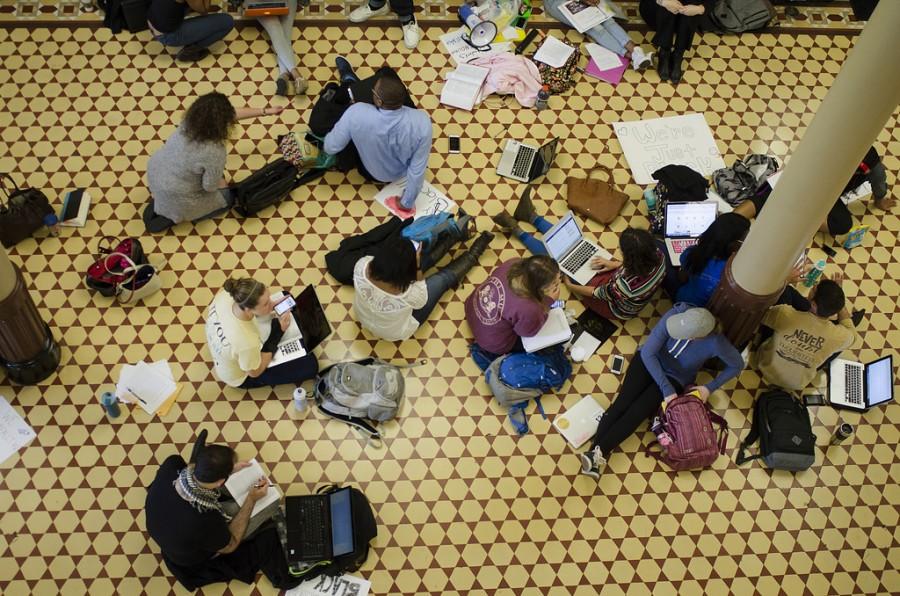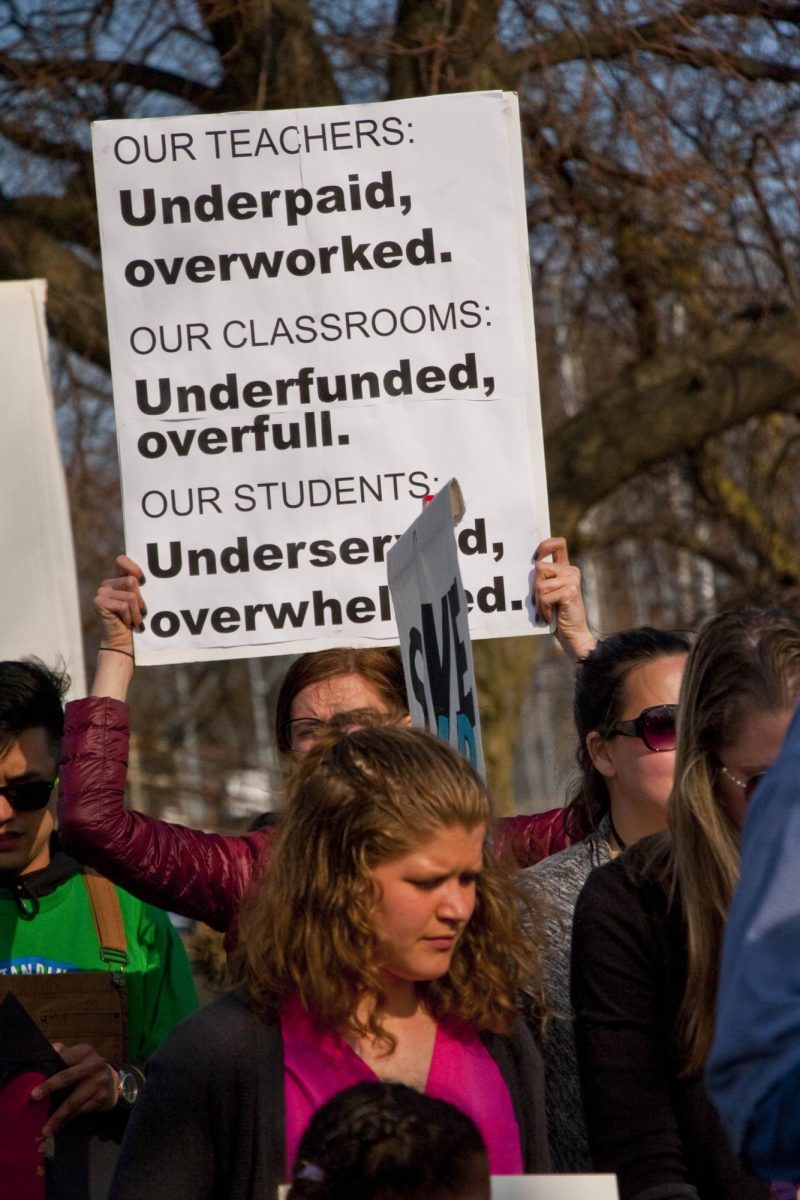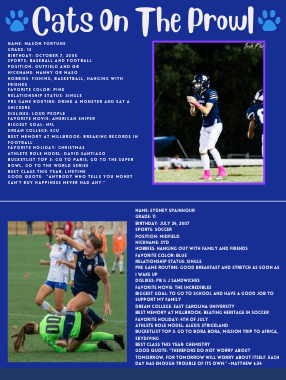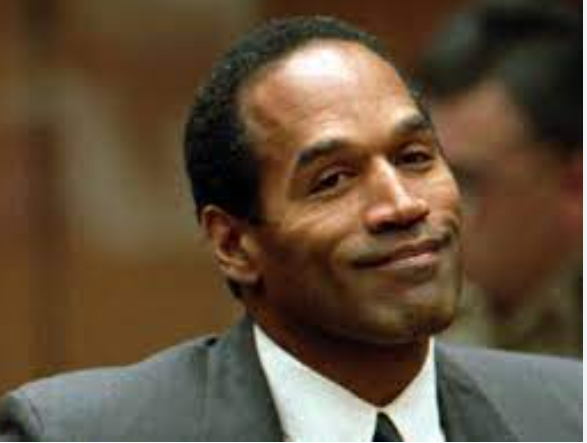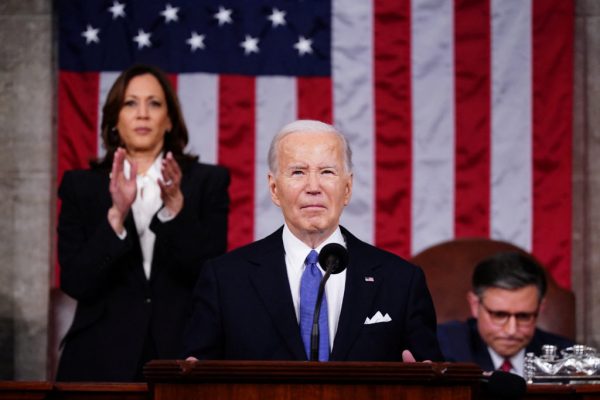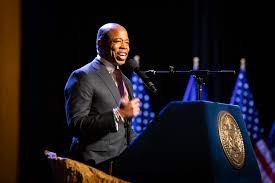Who is #ConcernedStudent1950?
Sitting on the floor of Jesse Hall, students protest about racist acts happening on their school’s campus. University of Missouri students have faced various problems involving racism this past week.
November 16, 2015
In the sensitive heart of Missouri lies the source of most of this week’s news. Between presidential resignations and unsafe campus conditions, various impacts have hit the students of University of Missouri. Since the start of the school’s Homecoming week in mid-October, questions on the handling of racism has come to attention.
On Monday, November 9, the now former president of the University of Missouri system stepped down from his position. This act spurred first during the Homecoming parade when a group of African American students were protesting during the parade. Tim Wolfe, then president of the system, rode in his own individual car in the parade itself, but soon found that his car was barricaded by the protestors. These students were attempting to inform Wolfe of the racist acts seen on campus. Wolfe’s failure to acknowledge the student’s pleas sparked the flame that was soon to burn him out of office.
Following this event, football team members began a protest of their own. Seeing what influential power and control they had over the school, the students of color on the team refused and boycotted all games and practices until Wolfe was removed from his position. When asked what he would do if he were put in the same position as Missouri’s athletes, senior Millbrook football player Asaad Shaw said, “I would protest against it like the players because I wouldn’t want to progress the school’s football program until they progress our rights.” With help from a 2,300 signature petition, Tim Wolfe resigned from his place as president, which allowed the team to resume their regular schedule.
Since the state of Missouri has already faced trouble with the happening in Ferguson, the area is already very sensitive. During the Mike Brown protests, the hashtag #BlackLivesMatter made its debut. Recently on social media, the hashtag has returned to the spotlight, while a new hashtag, #ConcernedStudent1950, has dominated a fair amount of the Twitter community. In the hashtag, 1950 stands for the year that nonwhite students were allowed to attend U of M. Junior Kasey Vandenboom said, “Hashtags and Twitter have brought the events at Missouri to the public’s attention.” Citizens around the United States have been actively involved in supporting and commenting on the events using Twitter and hashtags, too.
This past week, protesting increased just as quickly as it decreased. After the removal of Wolfe, protests continued, but as the week progressed, the situation took a dark turn. Out of fear, African American students have been unable to attend their classes due to white students on campus verbally and physically harming them. Those students have been experiencing drive by harassments and literal death threats, causing for an unsafe environment. Again on social media, students have posted pictures of them at friend’s houses with captions saying, “When your school doesn’t care about your safety so you have to find a friend’s house to stay at for your safety.” As a result from the threats, students have not attended classes or even stayed on campus in fear that their lives may be compromised.
The lack of unity and prevalence of racism on a college campus can not only limit student’s valued education that they are paying for, but also result in an unsafe environment in general. Apparently sixty-five years of allowing African American students to attend the university has not been enough time for racism to dissipate. Hopefully, for the students of University of Missouri, this issue will be resolved soon.


